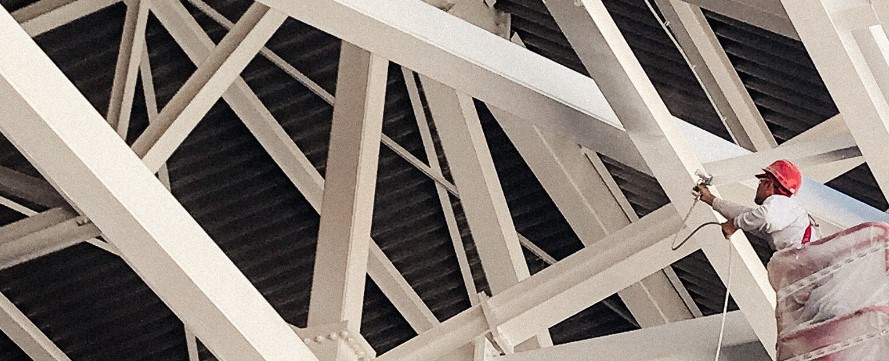Fireproofing provides fire resistance to materials and structures, allowing critical structures to continue operating in the event of an accidental fire until the fire is brought under control. Fireproofing is the application of certain products over materials or structures to reduce the escalation of fire and thus provide plant operators with enough time to act against the fire.
Fireproofing is recommended by various codes and standards (such as NFPA) in refineries, petrochemical plants, power plants, process terminals, and even residential places where the risk of fire is high. Equipment and structures are fireproofed up to a certain height or entire equipment as specified by guidelines.
Why is fireproofing important?
The unfortunate reality is that most fatal fires occur while people are sleeping in their homes, as smoke can lull them into a deep slumber. While no practical building material is truly fireproof, well-built houses and buildings can help prevent such tragedies by using fire-resistant materials.
The question is not whether a fire can cause structural damage, but when. Flames simply take longer to affect fire-resistant materials. The key is to build a structure in which a fire would spread slowly, giving the occupants plenty of time to escape. This is also why materials are rated based on how long it takes for fire to affect their structural abilities. Even dense wood can be considered fire-resistant. It is, however, combustible, whereas metals such as aluminium or steel are not combustible — instead, they buckle under high heat.
Many people may be misled by the term “fireproofing,” because no material is completely fireproof. All of the materials used in the construction are flammable. What we mean by fireproofing is fire resistance, which means that we try to withstand potential fire situations over time. The purpose of fireproofing is to reduce the overall damage caused by a fire. While we are in the fire resistance period, the fireproofing allows us to act. The fire resistance period allows us time to extinguish the fire, cut off the fire’s fuel supply, and try every possible method of evacuating personnel and stopping the process (fire).
How to do fireproofing?
Steel, electric circuits, and other materials can be used for fireproofing. The steps of fireproofing are taken to keep away from the potential dangers of fire and to remain functional regardless of the situation. Chemical plants or industries that are prone to fire must be completely fireproofed in order to mitigate the risk. Because steel is almost everywhere in a building, getting fireproofing steel done is almost mandatory.



